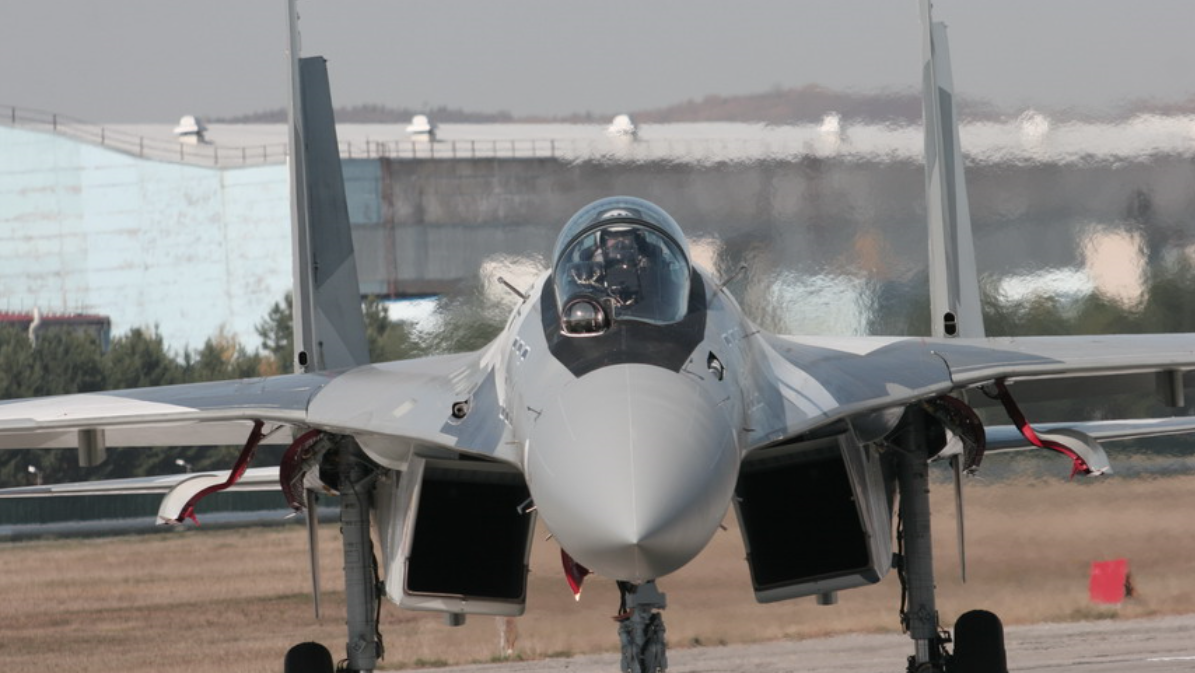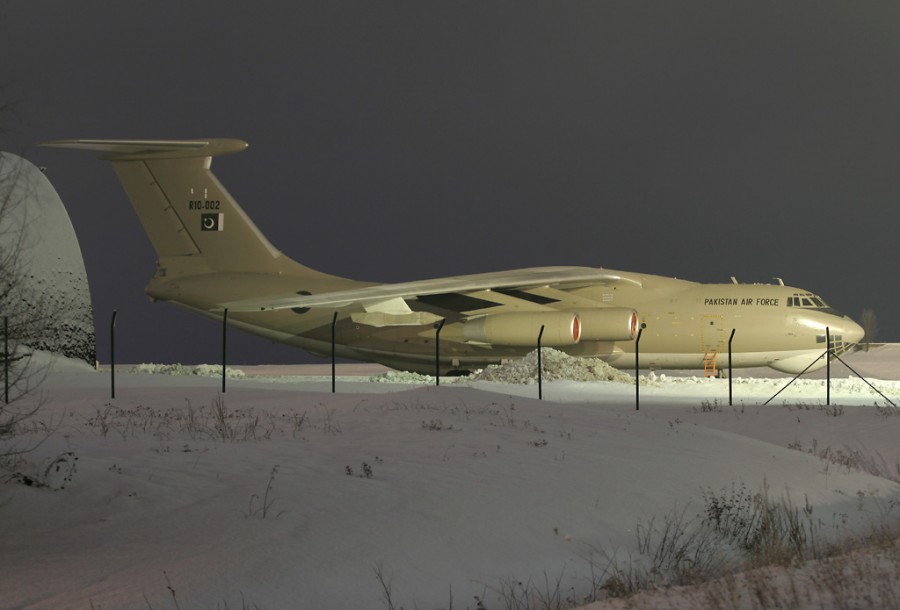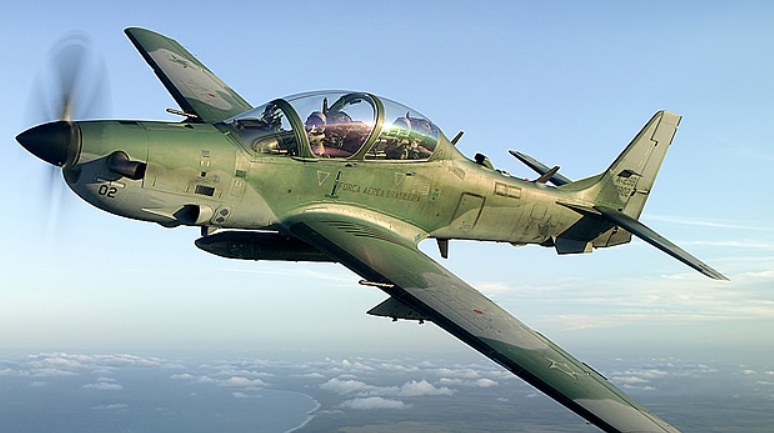25Views 71Comments

Pakistan threatens to pursue Russian or Chinese fighters
Sartaj Aziz, foreign affairs advisor to Prime Minister Nawaz Sharif, told media outlets that if the Pakistan Air Force (PAF) is unable to acquire F-16s on Foreign Military Financing (FMF), it “will opt for jets from some other place.” The Financial Times was able to learn from a senior government official that the PAF could potentially choose the Sukhoi Su-35, Chengdu J-10 or J-20 in place of the F-16s.
Comment & Analysis
There are a few things at play. First, it is important to recognize that the F-16s are a foreign policy tool for Washington in its efforts to maintain influence within Pakistan’s policymaking circles, particularly within the country’s security establishment. Remember, it was the White House and State Department that had initially offered FMF to support the PAF’s request for eight new-built F-16C/D Block-52+.
Hoping to build upon the eight recently approved by the U.S., the PAF was interested in acquiring another 10 – basically amounting to the 18 optional Vipers it had originally intended to acquire when it first inked the F-16C/D deal. However, FMF – a U.S. foreign policy instrument designed to help allies acquire military equipment pertinent to American overseas security interests – was to play a part in the PAF’s F-16 drive.
Congress put a block on FMF, and the PAF’s efforts to acquire new-built F-16s have hit an impasse. Hoping to apparently get the process moving again, Sartaj Aziz, a key policy advisor to the prime minister, decided to tell the media that the PAF would pursue other options if it cannot get FMF support for the F-16s.
The PAF’s short and medium-term modernization roadmap was built upon inducting the 150 JF-17 and additional numbers of new-built F-16. If new-built F-16s cannot be had, then it stands to reason that the PAF will persist with the JF-17. The part that is unclear is whether the PAF will seek to supplement the JF-17 with another fighter-type (such as the Su-35), or if it will expand its efforts behind the JF-17.
If the Financial Times’ has gotten accurate information, then it appears that Pakistan could be gearing up for another fighter type in lieu of the F-16. While an exciting thought at first, it is not well-advised, and is unlikely to happen.
Inducting a new fighter type is never an easy task, and doing so will not only result in heavy direct expenditure, but it could also risk diverting precious resources away from the JF-17. The forthcoming JF-17 Block-III will be a comparatively more expensive system than the current Block-II. This was part of the reason why the PAF had originally hoped to acquire F-16s on FMF. It already operates the Block-52+, so inducting additional F-16s would not be strenuous. The FMF scheme would help subsidize the cost.
If F-16s are not on the horizon, then it is more likely the PAF will persist with the JF-17 as-is. We believe that the JF-17 program should be expanded upon: The best possible radar, air-to-air munitions, and electronic warfare (EW) as well as electronic countermeasure (ECM) suites for a lightweight fighter ought to be pursued. Not only that, but the idea of adding another 100 jets (i.e. bringing the PAF JF-17 fleet to 250) ought to be set in stone as well. Beyond that, the PAF should (and likely will) take meaningful steps towards its next-generation fighter requirement. If – after all that – there is money, then maybe the PAF could consider importing another fighter type.


